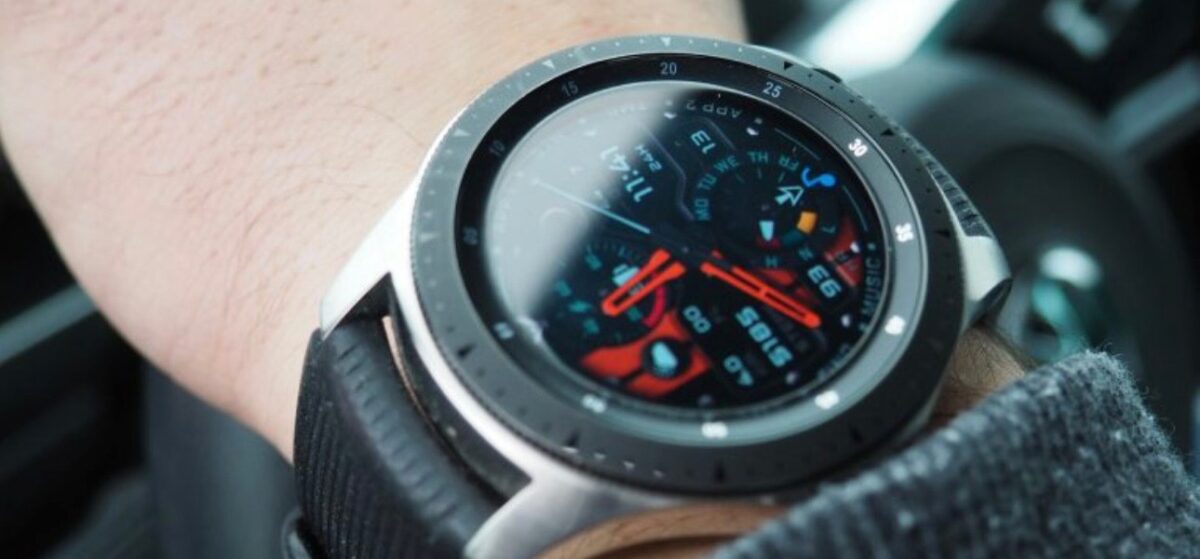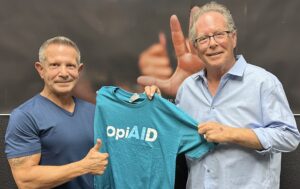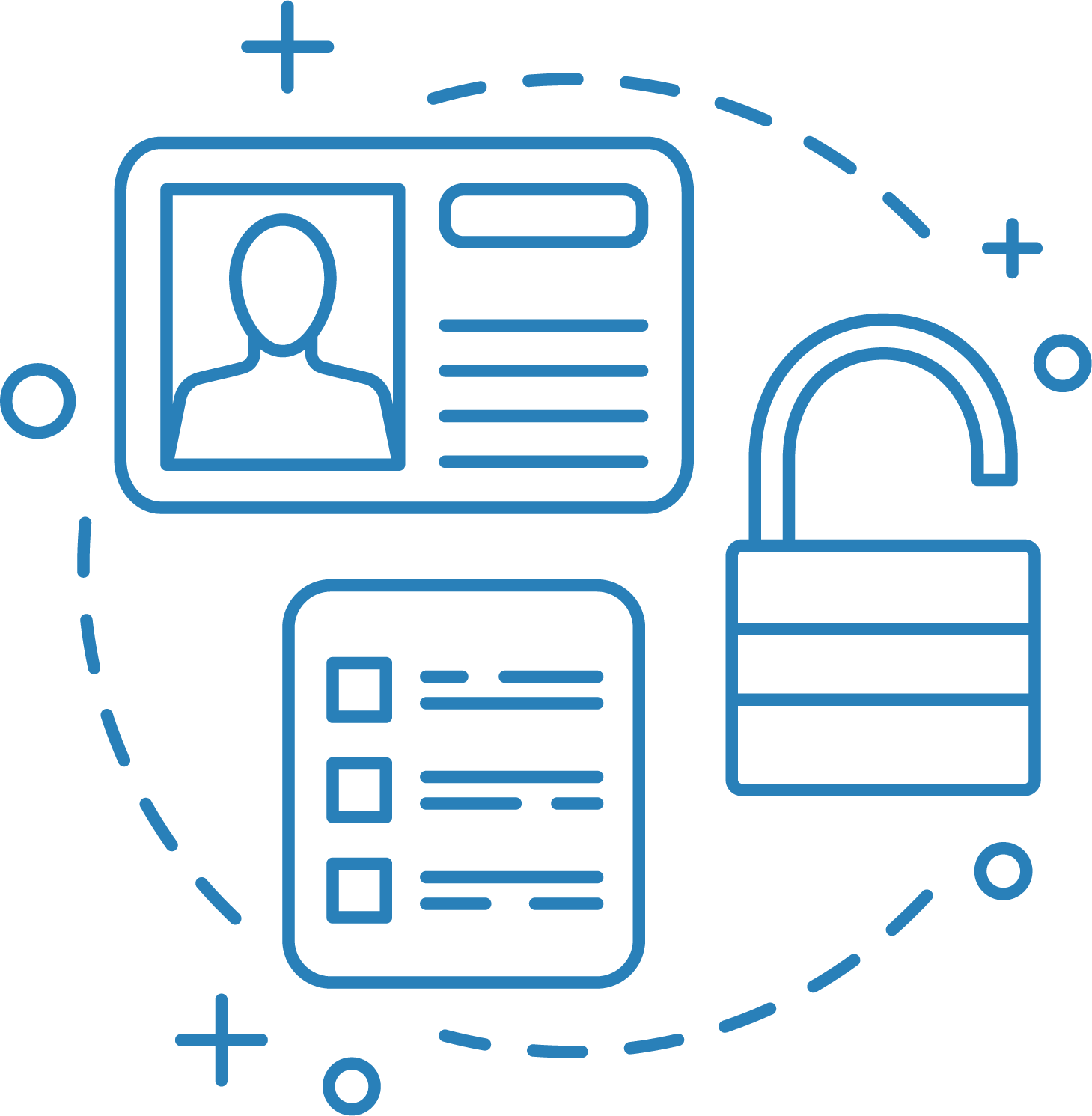
Photo contributed | OpiAid’s powered smart wearable provides health care providers with real-time data on recovery patients, allowing them to stay up to date on patients’ anxiety, withdrawal and depression symptoms.
Written by Ben Hensley
A new tech-driven approach to addiction recovery is set to make its commercial debut right here in Fresno, and for two men carrying deep personal ties to the issue, it’s well past time.
OpiAid, a data-science company founded in 2018, and New Perceptions North, a treatment center founded by Flindt Andersen in 2020, have partnered to market the company’s new wearable device that collects biometric data from patients in real time, aiding in recovery for addicts. Rather than waiting for patients to articulate complex symptoms, the device tracks conditions like anxiety, withdrawal and depression, providing live updates to physicians every five minutes.
“It’s the difference between a flip phone and an iPhone,” said Dino Miliotis, an entrepreneur, recovery advocate and spokesperson for OpiAid. “We’ve been using the same system for 40 years. This changes everything about recovery.”
The technology caught the attention of Andersen, who also founded PAIN (Patients and Addicts In Need), a rehabilitation service nonprofit, and also hosts a podcast, “Don’t Hide the Scars,” in which he tackles different topics related to addiction and recovery.
Initially, he was skeptical, but quickly saw potential in the product.
When it comes to treatment, Andersen hopes that this will see the evolution of rehabilitation practices moving forward — an industry that he said has failed to evolve, with some of its techniques dating back as far as the 1940s.
“To some folks it might sound a little ‘2030ish,’ but it’s time,” Andersen said, adding that patients are often not able to articulate their exact physical condition. “But now with this watch, this changes the game.”

Miliotis, who rose to fame in the late 1990s as the founder of Bug-Ban, an insect-repelling wristband that has sold millions of units, knows firsthand the importance of individualized recovery support; after years of battling substance abuse, he entered recovery nearly five years ago.
During his rehab, he said that, while the support staff did its best with what was available, the lack of individualized care, especially post discharge, left him feeling dead-ended and as though his recovery was more one-size-fits-all.
“For the most part, everybody was treated the same,” Miliotis said. “It doesn’t matter what drug of choice you had or it doesn’t matter what gender you were…take two pills and call me in the morning.”
After treatment, Miliotis struggled with persistent anxiety and emotional numbness, with doctors prescribing a range of medications to treat everything from withdrawal symptoms to depression — often increasing dosages rather than addressing the root issue.
Much of this, however, was the fault of neither the doctors or Miliotis — it was a loss of transferable information that was only ever explained to doctors during routine checkups, often days or weeks after he experienced symptoms.
His experiences led to him authoring a book outlining his celebrity rise, his turn to substances to cope and the ensuing struggles he went through as one of 30 million people nationwide in recovery.
His book, “There is No Box” — while not widely noticed by the business community — took off in the online recovery community, leading Miliotis to become actively involved in the community; shortly thereafter, he was able to meet OpiAid CEO David Reeser, who introduced him to the wearable tech.
“Lights were flashing and bells were ringing because I kept recalling that this is exactly what I wished had existed when I was going through my challenges,” he said. “No more feelings chart; this thing would have said it all.”
Miliotis believes that the technology could replace outdated techniques like word-of-mouth symptom reporting and “feelings charts” that have patients rate how they feel on a variety of measurable scales.
In addition to its launch at New Perceptions, the device is also being used in state-funded recovery centers in North and South Carolina, Alaska and Oklahoma.
The commercial launch of OpiAid with New Perceptions, however, is the first commercial use of the product — and interest is growing fast; six other treatment centers have already contacted Miliotis about adopting the platform, and he expects that number to climb as more success stories emerge.
“Flindt’s kind of a well-known guy,” he said. “I’ve received six other treatment centers that want me to come in because New Perceptions did this.”
The next step after commercialization, according to Miliotis, is integrating the technology into broader insurance models. He said the coverage many insurance plans can provide is still uncertain, but real-time trials and positive outcomes will help push adoption.
Andersen, too, is hopeful and believes the industry is long overdue for innovation.
“Most people that are in addiction [recovery] are decent people; everybody’s not that homeless street-person that everybody thinks they are.”
As for the future of OpiAid, Miliotis drew a comparison to the technology to something that many of us use multiple times daily — smartphones.








